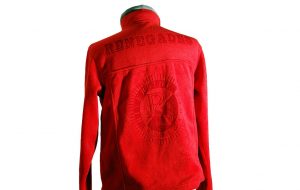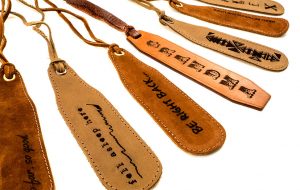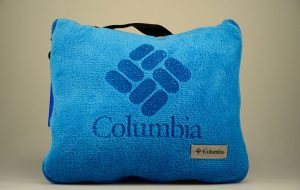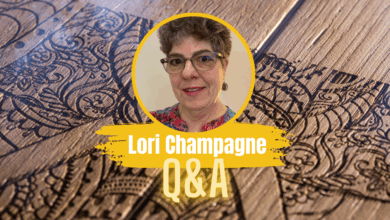
Textiles like fleece, denim, and leather are trendy materials for laser customization. Due to the precision, lasers can put intricate patterns into a variety of materials. Even the most delicate fabrics can be directly engraved without diminishing the durability of the material.
Incorporating this medium into your current product line can help open up new revenue streams. A laser machine will allow you to cut and customize leather goods, etch canvas tote bags, make custom patches, and personalize or brand fleece blankets, hats, and apparel.
Using a laser, users can directly engrave fabrics but also cut them. For example, lasers can cut twill appliqués, leather hat patches, and PVC-free heat transfer material, among other materials.
When laser engraved, many fabrics produce a high color contrast. Fleece and micro-fibers typically result in a darker look, while denim and sturdy cotton tend to result in an almost bleached appearance. We recommend experimenting with a variety of fabrics and settings to find out which look best suits a specific project.
Many fabrics lend themselves to both cutting and engraving. For example, leather patches can easily be engraved with the laser and then cut to a specific size to fit on hats, backpacks, purses, etc. Heat transfer material is also a popular substrate that can be both engraved and cut. Engraving heat transfer material eliminates the need for weeding and lets you create intricate designs.
From leather to twill, cotton to fleece, and many materials in between, fabrics and textiles are a popular material to customize with a laser.
On Epilog’s Sample Club page, it features popular substrates to laser engrave, as well as free design files and step-by-step instructions.









